BY WALTER OPINDE
On this day of transition between the months of May and June, on 31st and 1st respectively, the U.S. witnessed one of the most devastating and terrific riots in history; the Tulsa Race Riots of 1921.
The Tulsa Race Riot, in Oklahoma, was one of the worst urban racial clashes in the history of the U.S. It was characterized by two days of violence by the whites against blacks, leaving approximately 50 people dead, hundreds injured, over 1,000 black-owned homes and businesses destroyed, and approximately 10,000 blacks homeless after being displaced. However, the number of lives lost during this riot has been a topic of debates, as different historical sources publish different numbers of deaths; even though, U.S. Red Cross recorded an estimate of 300 deaths, which has been supported by several historical sources. 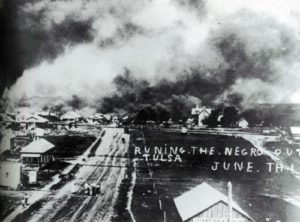
The riots occurred between May 31st and June 1st, 1921, when a white mob became violent and began attacking black residents and businesses of the African-American community in Greenwood in Tulsa, Oklahoma. The attacks organized and conducted both on the ground and in the air, destroyed over 35 blocks of the district. Approximately 800 people were admitted to hospitals, and more than 6,000 African-Americans were later arrested and detained.
The riots ensued during a Memorial Day weekend after a young black man, Dick Rowland, was accused of raping a young white female, Sarah Page, on 30th May, in the elevator operator at a commercial building. Mr. Rowland was then taken into custody. Several hours later, rumors quickly spread throughout the black community that Rowland was facing the risk of being lynched. Consequently, a group of armed black men rushed to the scene (police station) in which the young suspect was held. At the scene, drama and tension started when they found that a crowd of the white people had also anxiously gathered around the police station with unclear intentions. As a result, confrontations began between the whites and the blacks, and some gunshots were heard from the scene. A few black and white people were killed. This news spread throughout the entire city, prompting the eruption of mob violence.
On that night of transition between the last day of May and the first day of June, thousands of whites rioted through the black community until the next day. They killed men and women, burned and looted stores, businesses, and homes, all of which belonged to the black community. Properties approximated to be more than $1.5 million in the real estate were damaged, alongside personal assets worth $750,000. The total value of these damages was approximated to be equal to $30 million in 2017.
Several historical sources with records from the black witnesses claimed that the policemen had joined the white mob and the National Guardsmen directly fired their machine guns into the black crowds as a plane dropped sticks of dynamite into them. On the eyewitness account, in 2015, a source confirmed that the attorney, Buck Franklin Colbert, described the witnessing of a dozen of private planes dropping some burning balls of turpentine on the roofs of Greenwood buildings.
In 1996/7, during the 75th anniversary of the Tulsa Race Riot, a bi-partisan group of investigative agents (Oklahoma Commission) was formed and authorized by the state legislature to study or investigate the Tulsa Race Riot of 1921. The Commission’s final report published in 2001 revealed that the city had conspired with the white mob against the Tulsa black community. The Commission further recommended a program of reparations to the riot’s survivors and their descendants. Several decades later, Greenwood is still struggling to recover from the economic aftermaths of the Tulsa Race Riot.
Read more of the story via: http://tulsahistory.org/learn/online-exhibits/the-tulsa-race-riot/
Sources
Lee E. Williams, Anatomy of Four Race Riots: Racial Conflict in Knoxville, Elaine (Arkansas), Tulsa, and Chicago, 1919–1921. Hattiesburg, MS: University and College Press of Mississippi, 1972.
Rob Hower, 1921 Tulsa Race Riot: The American Red Cross-Angels of Mercy. Tulsa, OK: Homestead Press, 1993.
James S. Hirsch, Riot and Remembrance: The Tulsa Race War and Its Legacy, Boston, MA: Houghton Mifflin, 2002.

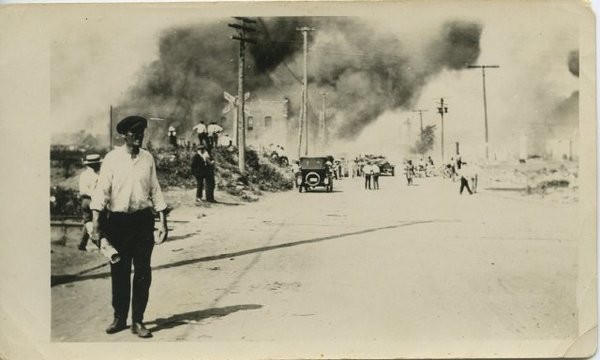
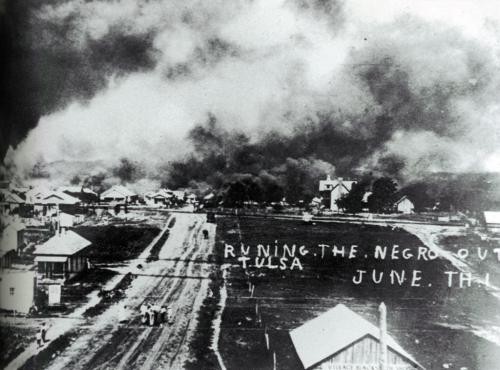





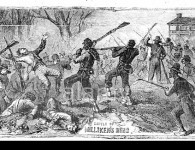





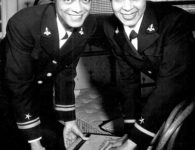
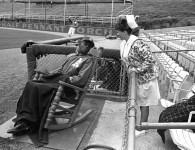
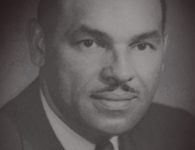





6 Comments
What’s up colleagues, its great article concerning educationand entirely defined,
keep it up all the time.
Hello to all, how is everything, I think every
one is getting more from this web site, and your views are nice designed for new people.
Hello to every body, it’s my first pay a visit of this website;
this website includes awesome and in fact good stuff designed for visitors.
Because the admin of this web site is working, no
question very quickly it will be well-known, due to its
quality contents.
Please let me know if you’re looking for a writer for your
blog. You have some really great articles and I feel I
would be a good asset. If you ever want to take some of the
load off, I’d really like to write some content for your blog in exchange
for a link back to mine. Please blast me an e-mail if interested.
Regards!
very interesting post, i actually enjoyed this web site, carry on it